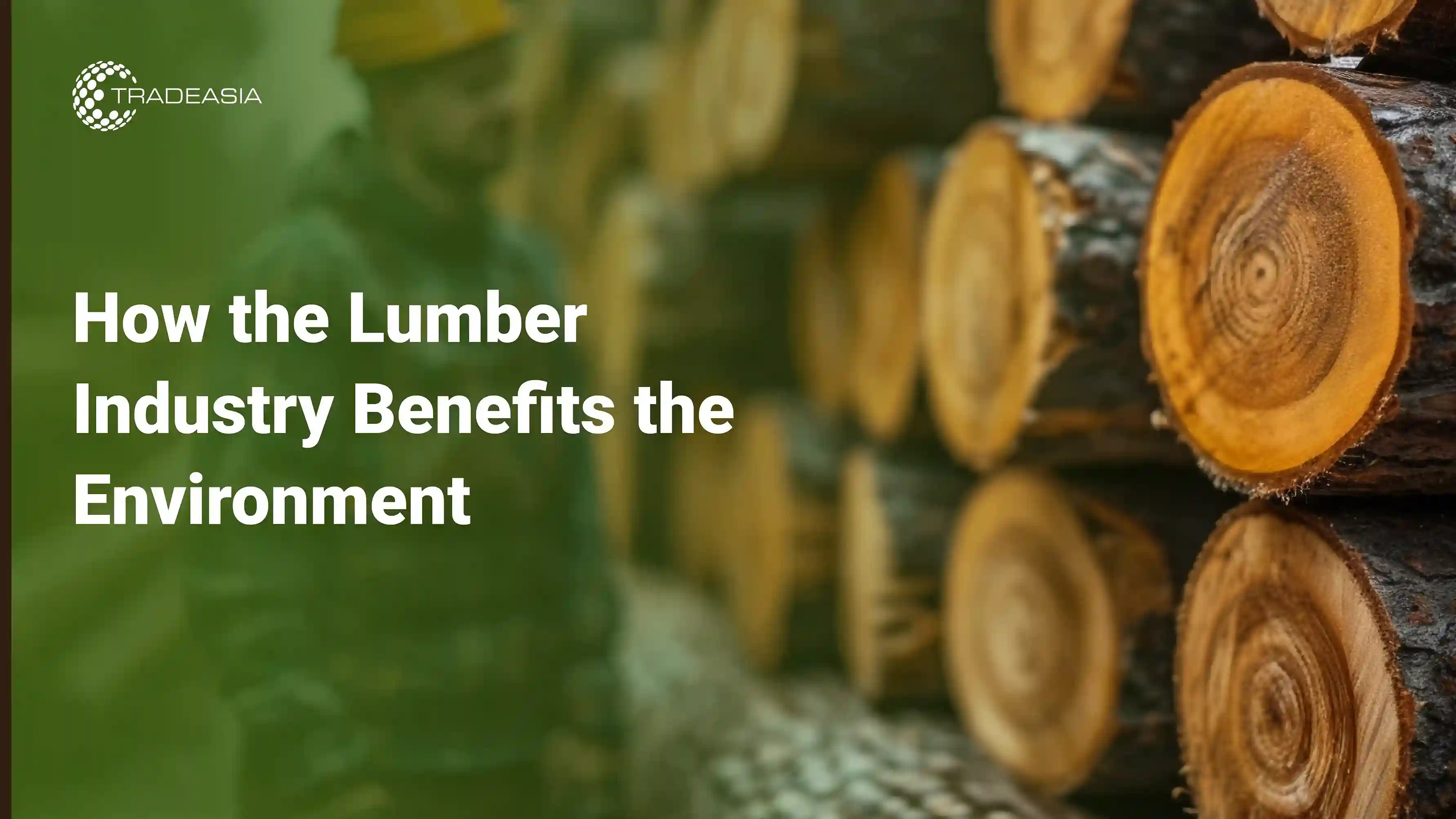Quick Inquiry
What are you looking for?
Choose Your Language
In an era defined by growing environmental consciousness, the sustainability of the wood industry has become a critical focal point. From the furniture in our homes to the paper we use and the timber that builds our structures, the origins and impacts of wood products are under intense scrutiny. Concerns over deforestation and the escalating effects of climate change have placed a spotlight on the need for a more responsible and sustainable approach to wood production and consumption.
The reality is stark: people across every continent rely on wood products sourced from the world's forests. For many of the world's poorest populations, timber and other forest resources are not just commodities but essential components of their livelihoods. However, this reliance is shadowed by the persistent challenge of unsustainable practices that permeate the entire wood value chain, from production to consumption. Illegal logging, inefficient processing, and unchecked consumption patterns continue to threaten forest ecosystems and the communities that depend on them.
Addressing these challenges requires a concerted effort at both national and international levels. Countries and producers must prioritize the eradication of illegal wood from markets while simultaneously enhancing the market value of sustainable wood products. This involves fostering investments in the sector and empowering smaller producers with the necessary support and expertise to engage in sustainable trade.
Indonesia's approach to mitigating forest loss in Java offers a compelling example. Through reforestation initiatives and a focus on sourcing wood from planted trees, Indonesia has demonstrated that sustainable forestry is achievable. Since 1998, programs involving local farmer cooperatives have successfully produced millions of seedlings of fast-growing species, including falcata, balsa, agathis, teak, and fruit trees.
On the global stage, the Sustainable Wood for a Sustainable World Initiative (SW4SW), a partnership between the Food and Agriculture Organization of the UN (FAO) and other organizations, exemplifies the power of international collaboration. A recent meeting in Nanning, China, brought together experts from around the world to explore innovative ways to improve wood value chains and contribute to the achievement of the Sustainable Development Goals (SDGs).
Discussions at the SW4SW meeting centered on aligning wood value chains with SDG 8 (decent work and economic growth), SDG 13 (climate action), and SDG 15 (life on land). Specific action points included enhancing the understanding and respect of national legal systems, providing wood processing training to create skilled jobs, facilitating investments and technology transfers for improved processing, integrating sustainable wood into REDD+ emissions-reduction strategies, and promoting technical exchanges and capacity building for plantation systems.
The importance of South-South cooperation was also highlighted, with China, through the China National Wood-Based Panel Association, showcasing potential areas for collaboration. Field trips demonstrated the diverse contributions of wood value chains, from forest parks used for conservation and tourism to advanced wood-panel mills and biomass power plants.
Sustainable and legal wood industries rely heavily on consumer support. Informed choices can drive demand for responsibly sourced products, creating a powerful incentive for sustainable practices. The trade of rosewood species serves as a cautionary tale, highlighting the dangers of unsustainable harvesting. Over-harvesting has led to endangerment, necessitating international action. The Convention on International Trade in Endangered Species of Wild Fauna and Flora (CITES) has taken steps to curb the trade of endangered species like mukula wood from Zambia, underscoring the importance of protecting vulnerable species.
Technological advancements play a crucial role in enhancing the sustainability of the wood industry. Improved technologies and methodologies enable better tracking of wood production and trade, ensuring transparency and accountability. Strengthening the capacities of producers, particularly rural smallholders, is essential for promoting sustainable trade. Additionally, raising public awareness about the impact of consumer choices is vital for driving demand for sustainable wood products.
The SW4SW initiative stands as a testament to the international community's commitment to boosting sustainable wood production. However, the true challenge lies in translating this political will and the available tools into tangible results on the ground, and doing so with a sense of urgency. The time for action is now, as we strive to build a more sustainable and equitable future for the wood industry and the planet.
Contact us today for expert timber solutions tailored to your needs. We are committed to providing sustainably sourced, high-quality timber that aligns with your environmental values. Let us help you build a greener future, one timber beam at a time.

January 23, 2025
The forestry and Timber industries are in constant flux, grappling with global and national pressures. Climate change, the rise of green technologies, housing demands, labor shortages, and shifting demographics are reshaping the sector, presenting both hurdles and exciting new avenues. T
Read More
March 10, 2025
In an age where "green" building solutions flood the market, it's crucial to revisit the timeless, naturally abundant, and genuinely sustainable material that has shaped our world: real wood.
Read More
March 10, 2025
In an era defined by growing environmental consciousness, the sustainability of the wood industry has become a critical focal point.
Read More